 The monographic study by Matson et al. reveals a new species in the genus Lactura with type and other specimens held in the BRC: Matson T.A., D.L. Wagner & S.E. Miller. 2019. A revision of North American Lactura (Lepidoptera, Zygaenoidea, Lacturidae). ZooKeys 846: 75–116. pdf
The monographic study by Matson et al. reveals a new species in the genus Lactura with type and other specimens held in the BRC: Matson T.A., D.L. Wagner & S.E. Miller. 2019. A revision of North American Lactura (Lepidoptera, Zygaenoidea, Lacturidae). ZooKeys 846: 75–116. pdf
Abstract reads: The Lactura Walker, 1854 fauna north of Mexico is revised. Six species are documented, one new species Lactura nalli Matson & Wagner, sp. n. is described, and two new synonymies are proposed: Lactura psammitis (Zeller, 1872), syn. n. and L. rhodocentra(Meyrick, 1913), syn. n. One new subspecies Lactura subfervens sapeloensis Matson & Wagner, ssp. n. is also described. Adult and larval stages, male and female genitalia, are illustrated, a preliminary phylogeny is presented based on nuclear and mitochondrial data, distribution records provided for verified specimens, and the biology and life history for each species is briefly characterized. Phylogenetic analyses, larval phenotypes, and life history information reveal that much of the historic taxonomic confusion rampant across this group in North America traces to the phenotypic variation in just one species, L. subfervens (Walker, 1854).
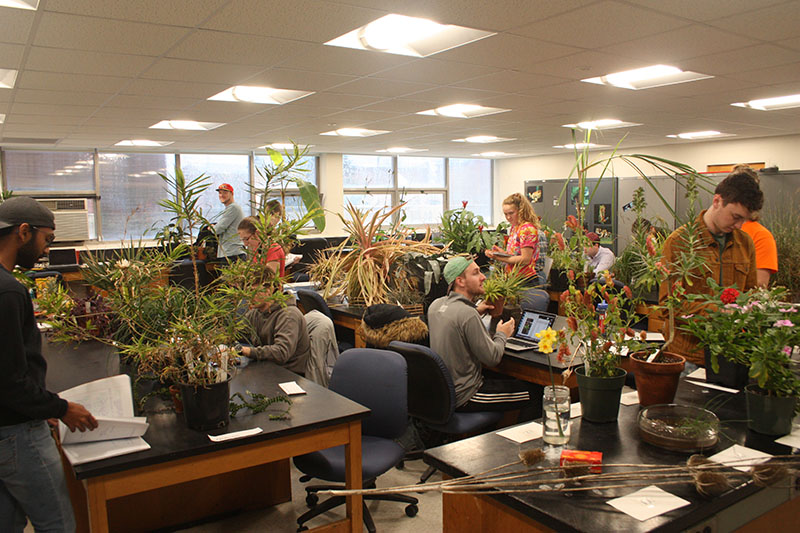 Every other spring, Dr. Les teaches EEB 3271 Systematic Botany, covering the vast diversity of vascular plants. With 3,000 species, the
Every other spring, Dr. Les teaches EEB 3271 Systematic Botany, covering the vast diversity of vascular plants. With 3,000 species, the 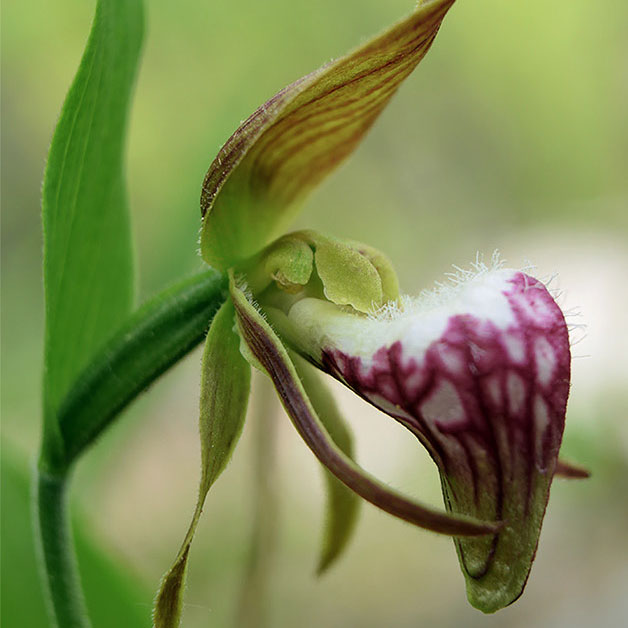 A special event celebrating Orchids p
A special event celebrating Orchids p
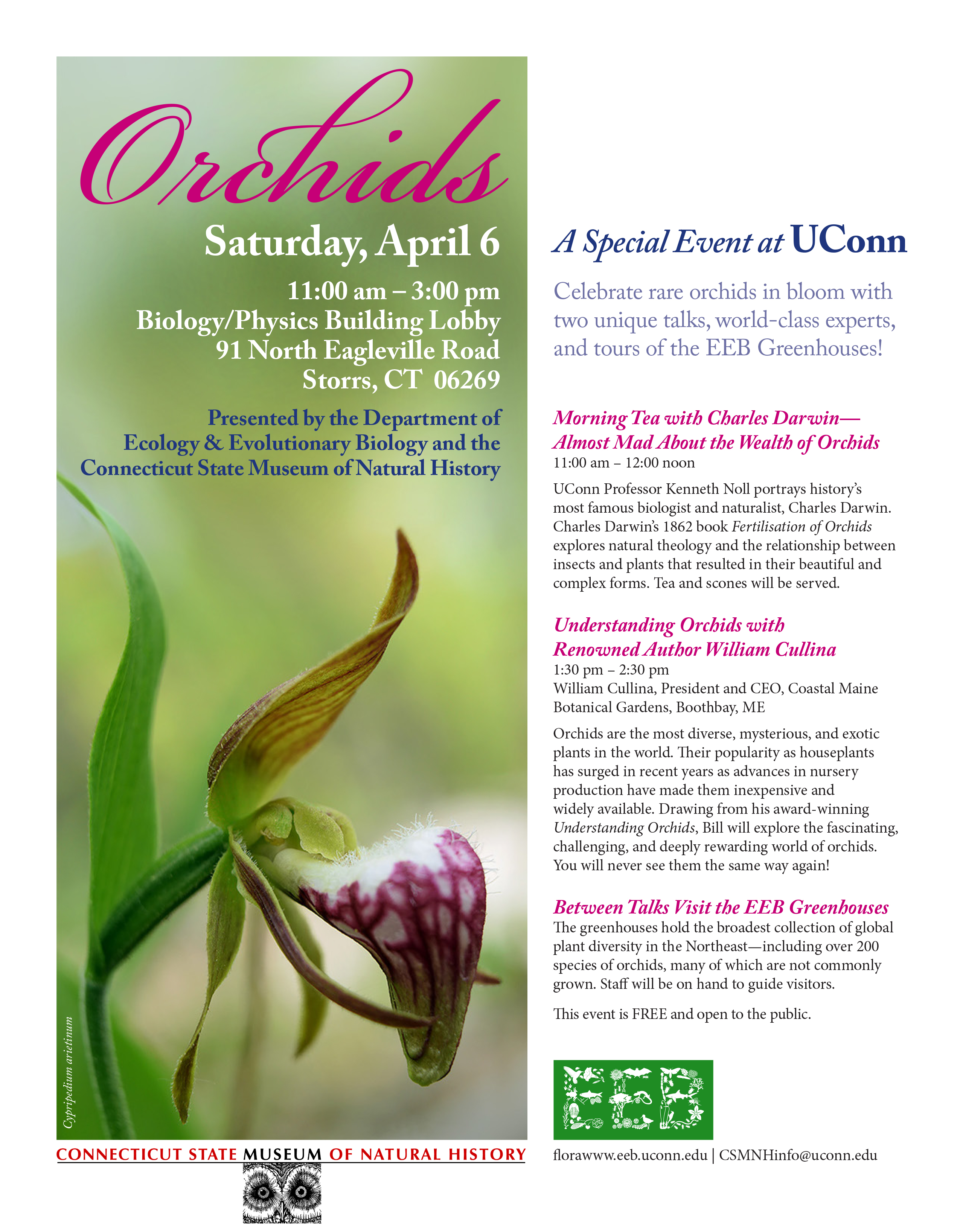

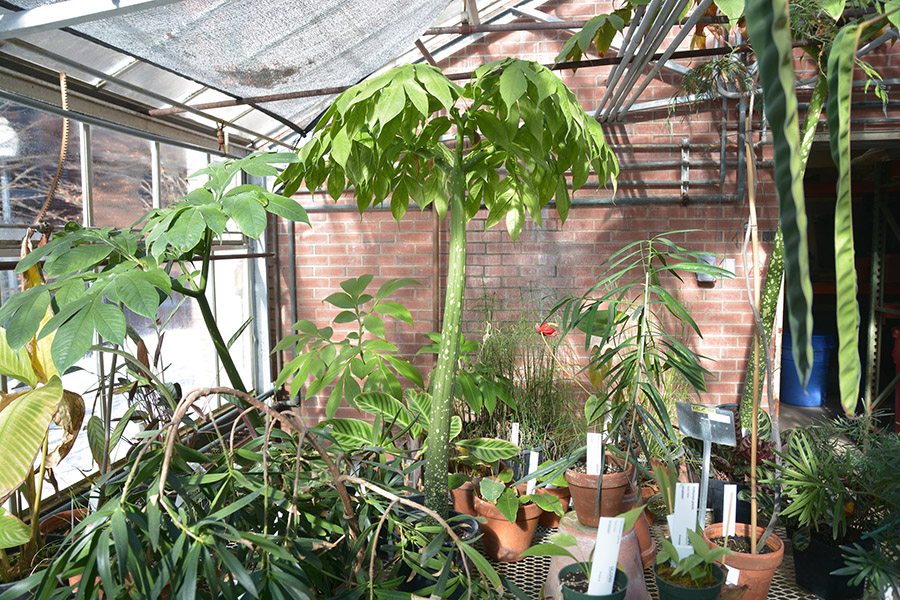
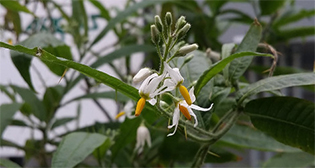 EEB’s Biodiversity Research and Education Greenhouse is mentioned in an article of the latest issue of
EEB’s Biodiversity Research and Education Greenhouse is mentioned in an article of the latest issue of 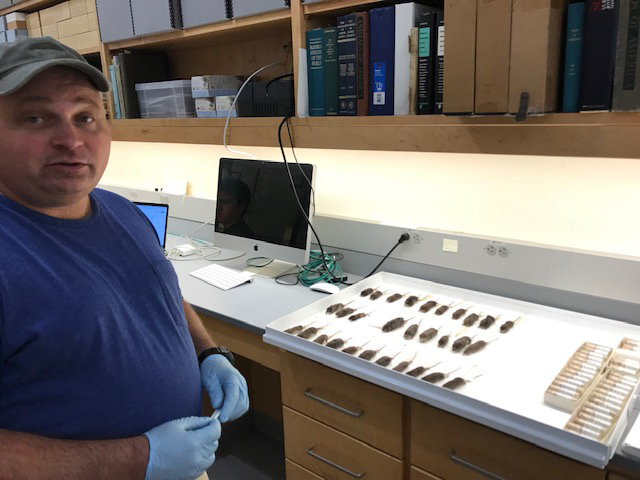 Jamie Fischer (
Jamie Fischer (